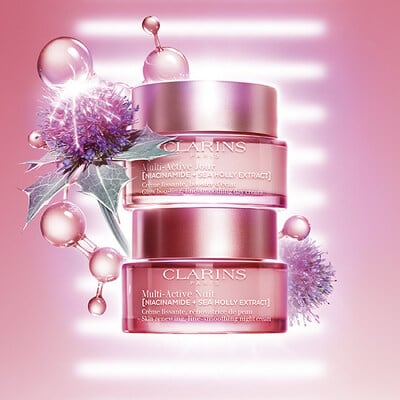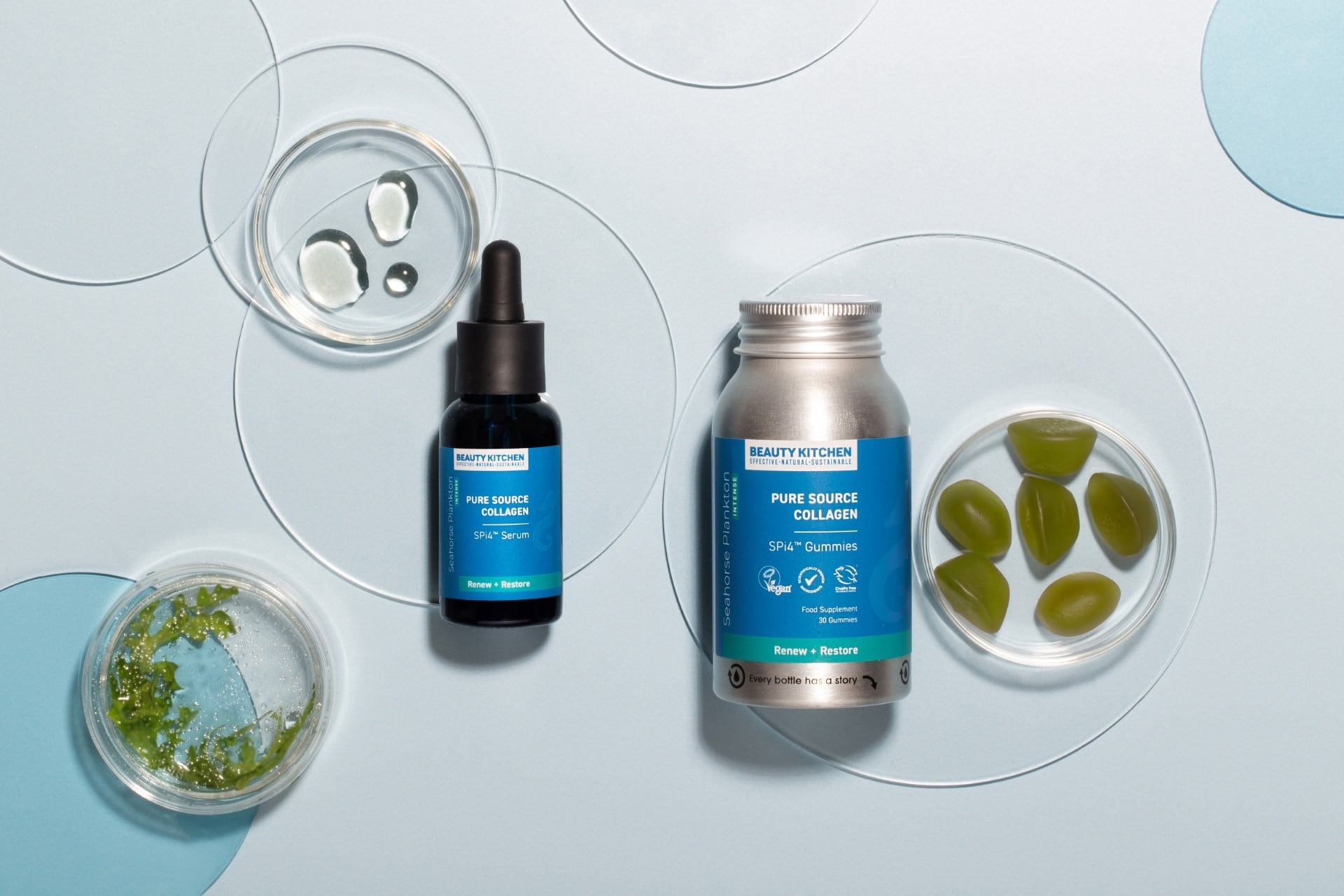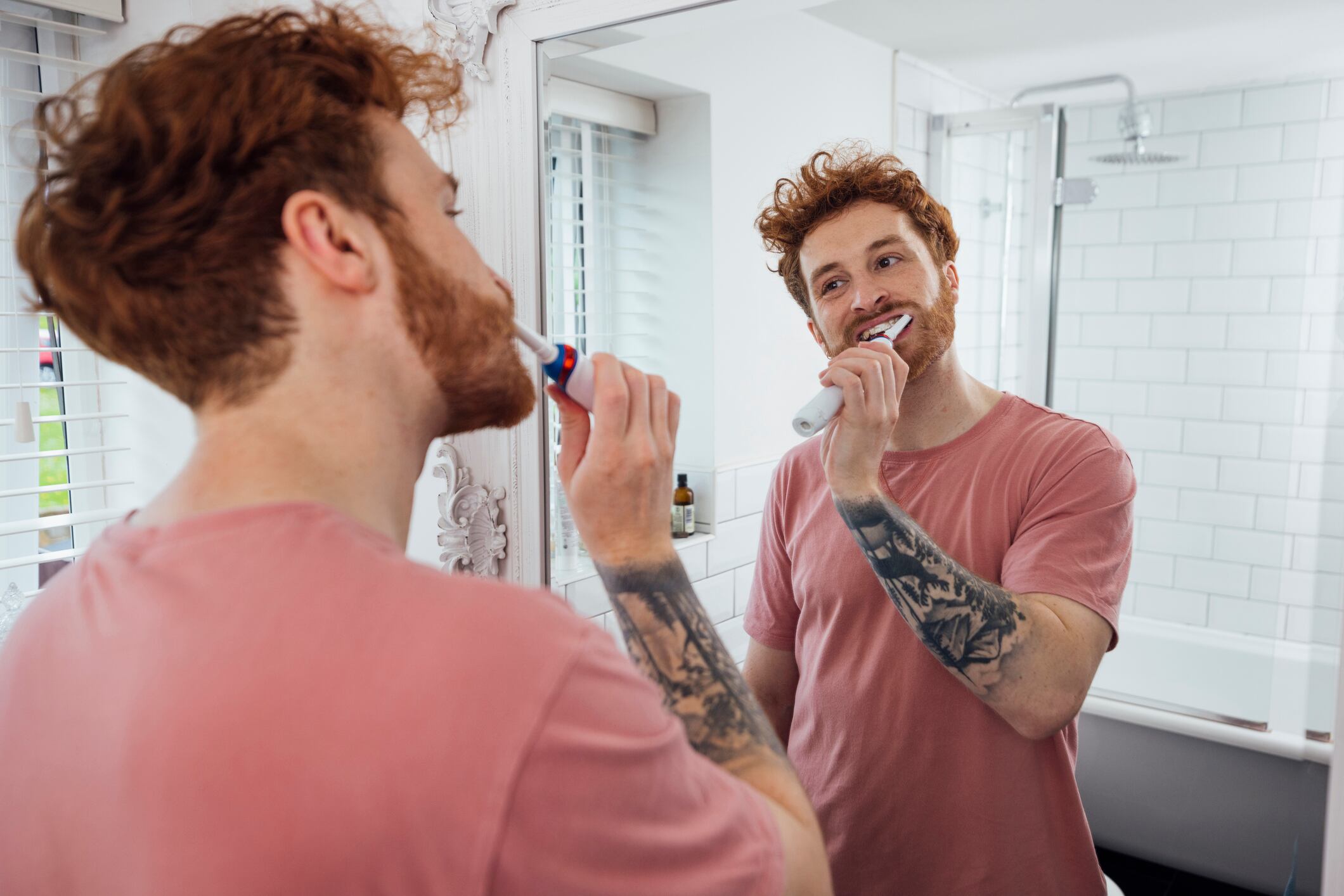Regular exposure to high levels of pollution can cause a plethora of beauty issues, from acne and atopic dermatitis to premature ageing, hyperpigmentation and psoriasis.
Research has shown that when air pollutants come into contact with skin they trigger processes that cause oxidative damage and over time induce DNA damage.
Perhaps the most well-known type of pollution is particulate matter (PM) and there is evidence to suggest that PM covered with polycyclic aromatic hydrocarbons and volatile organic compounds can easily cross the skin’s lipid barrier.
Along with PM, there are other pollutants that skin must frequently contend with, such as volatile organic compounds, cigarette smoke, and UV light.
Blue light has been another area of focus for beauty R&D over the past few years. A study that was recently published in the Journal of Cosmetic Dermatology concluded that the negative consequences of blue light exposure “may eventually cause more general skin damage, which may hasten the ageing process.”
The research team concluded that “at times, skin protection may be crucial for protection against blue light.”
Topical anti-pollution beauty products
Knowing this, topical anti-pollution beauty products have been a growing area of innovation.
Antioxidants such as vitamin C, vitamin E, niacinamide, green tea extract, coenzyme Q10, and ferulic acid have all become popular additions to anti-pollution formulations.
Product formats have included anti-pollution micellar waters and cleansers, pollution-proof moisturisers, and exfoliators that are often formulated with fruit enzymes to gently remove pollution particles.
Many beauty brands have also noted their ‘anti-pollution complex’ when marketing the product. For example, last year the French brand Clarins launched Multi-Active Day Cream, which featured an ‘anti-pollution complex’ of organic white horehound, furcellaria and nipplewort extracts. The brand said this helped to ”minimise damage from environmental pollutants, indoors and out, including skin-aging blue lights from electronics.”

Detoxifying masks, often made with ingredients like clay or charcoal, are another population focus for NPD.
Meanwhile, pollution-proof sunscreens is a subcategory to watch. For example, the Swedish brand Gun Ana recently launched a UV protection range that also incorporates protection from environmental stressors such as pollution and harsh weather conditions.
Gun Ana’s Protective Face Mist features butterfly ginger root and tremella extract for HEV-light and pollution protection. The Face Cream SPF 50 offers hydration and “defence against environmental stressors” with the brand’s “signature complex of oat oil, wheat germ oil, and rosehip oil, along with hyaluronic complexes.”
As the industry accelerates use of technology for personalisation, skin care devices that analyse environmental pollution levels and recommend products and routines to combat the effects are also likely to gain more traction. One example of this is L’Oréal brand La Roche Posay’s wearable skin tracker, which could track UV and pollution levels.
Anti-pollution ingredients
Much of the innovation in anti-pollution ingredients is examining the benefits of natural and food-based ingredients.
A recent study undertaken by scientists in Poland and published in the Scientific Reports journal showed the potential of a topical-use cream that contained tomato pomace oil in terms of reducing skin inflammation, sensitivity and melanin level.
Meanwhile, over the past few years, the ingredients company Seppic has been clinically testing its coriander seed oil as a possible solution for sensitive skin that is impacted by pollution and the sun.
Seppic has undertaken a variety of clinical studies, including one published in Food & Nutrition Research. The active ingredient has showed a protective effect against sunlight, demonstrated beneficial skin comfort effects and gradually reduced the effects of pollution-induced itching over time.
Further in vitro studies demonstrated an anti-inflammatory action following UV exposure, as it helps to reduce the blood concentration of TNF-ɑ (a cytokine that activates inflammatory mediators). The research suggested that it also protects keratinocytes from the action of NK-ⲕB, which plays a key role in skin inflammation.

Microalgae and anti-pollution beauty formulas
Microalgae is another key ingredient to watch in this space. These photosynthetic organisms produce useful metabolites due to constant exposure to stressful environments, such as high salinity, osmotic pressure, extreme temperatures, photo-oxidation, and ultraviolet radiation.
Although there are many different types that can be used to create cosmetic ingredients, spirulina is one of the most well-known.
Metabolites from microalgae can offer anti-ageing, sunscreen, and skin-whitening benefits, while secondary metabolites can also have anti-blemish or anti-microbial effects and can be used to prevent inflammation and heal and repair skin, as well as to protect skin from UV damage.
In 2024, the UK-based natural beauty brand Beauty Kitchen launched its ‘beauty-from-within’ collection Pure Source Collagen Collection, which included Pure Source Collagen Serum and Pure Source Collagen Gummies for an inside-out approach.
Beauty Kitchen’s founder Jo Chidley said microalgae has a multitude of benefits including protection from pollution.
“And the best part is that we don’t need to take the microalgae from their natural ocean space, we can grow it in big greenhouses,” she said.
“Microalgae just needs water, carbon dioxide and sunlight. Plus, 50% of all oxygen that’s created on the planet is created through microalgae. So, if we are then growing more microalgae, then we will also create oxygen.”
To create the products, Chidley said she worked with French microalgae ingredients specialist Natura Tec, and said that the results from clinical trials of the ingredients “would blow your mind.”
Meanwhile, in 2024, the Scottish marine ingredients company Oceanium unveiled research from the Technical University of Denmark (DTU) that its high-purity (over 80%) seaweed bioactive Ocean Actives, protects sensitive skin by restoring and enhances its barrier function by 400%.
The ingredient also has other clinically proven benefits, including being able to reduce redness by up to 96%.

Climate-adaptive beauty
From environmental irritants to the effects of heatwaves, droughts, and wildfires, the hotter temperatures and poorer air quality are driving consumer demand for both climate-adaptive and protective skin care to help shield delicate skin from extreme conditions.
More research is happening in this space. For example, a study published in the European Journal of Allergy and Clinical Immunology analysed the connection between climate change and eczema and found that many of the effects of climate change could trigger the condition or worsen flare-ups.
As more evidence emerges in this area, new skin care brands are also emerging to tackle the beauty issues being triggered.
One example is the early adopter US-based beauty brand Pour Moi, which launched a Smoke Alarm Drops serum after the brand’s founder noticed that her skin suffered from smoke inflammation after a flurry of wildfires.
Meanwhile, Prada’s Augmented Skin range was developed using Adapto.gn Smart Technology, which was based on 15 adaptogen plants that have been around for over 400 million years and have withstood extreme conditions.

Ingestible anti-pollution beauty innovation
The beauty-from-within trend is showing a significant shift in the beauty industry, as it moves towards a more holistic approach. As such, there are many beauty and personal care brands taking an inside-out approach to anti-pollution beauty.
More ingestible supplements focusing on cellular repair and anti-inflammatory properties are launching, which use ingredients like superfoods, antioxidants, and adaptogens to protect against oxidative stress and pollution effects.
One of these is Puig’s Dr. Barbara Sturm. The dermatologist-backed brand offers adaptogen-based supplement Skin Protection Anti-Pollution Food, which features “anti-oxidative powerhouse Purslane” for its potent anti-ageing benefits and adaptogens ashwagandha and rhodiola to increase resistance to chemical and physical stress on the skin.
“With advanced adaptogens (which boost the body’s ability to respond to atmospheric aggressors) and potent antioxidants, the capsules promote skin’s natural barrier function, strengthen the immune system and combat oxidative and inflammatory damage caused by pollutants,” said the brand.



